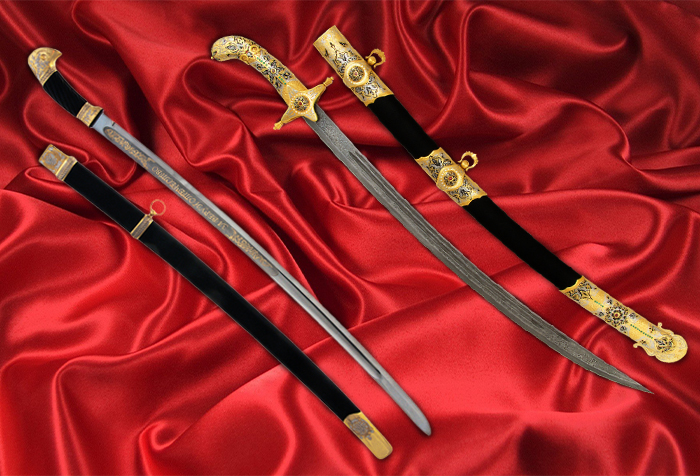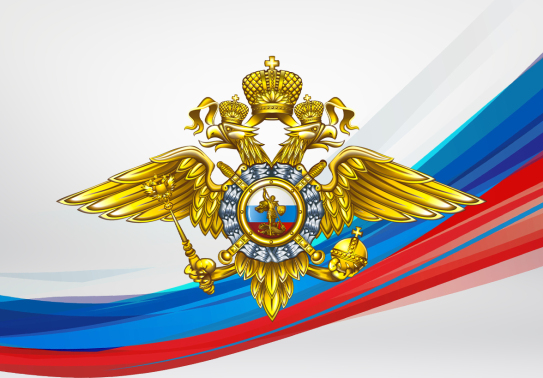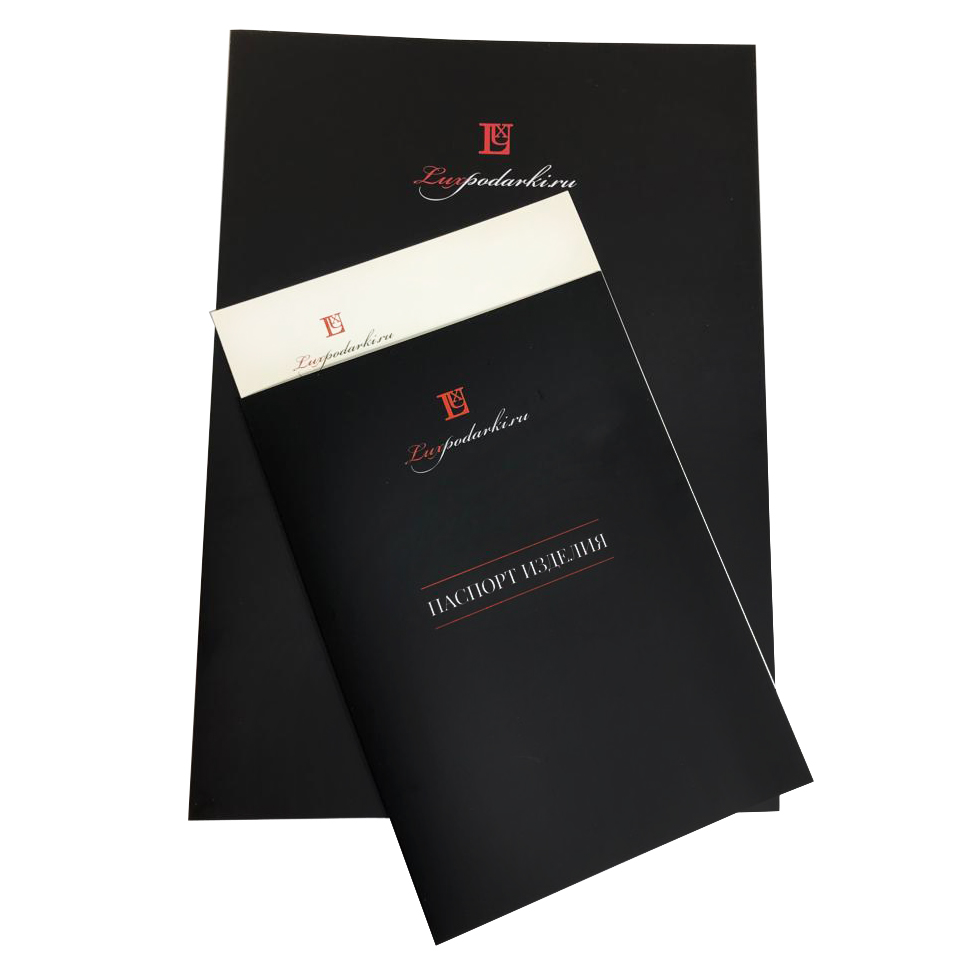Saber and saber: similarities and differences

Saber and saber are, in fact, the same weapon, and they look very similar. For an amateur, at least, it is difficult to find any differences. However, for real weapons experts, the difference is obvious, although it is quite small. It is also worth considering the fact that there are actually so many varieties of sabers and checkers that it is difficult to compare them. Therefore, it is possible to rely only on the general features of these types of bladed weapons.
History: What is ancient?
The saber is older than the draughts. The first images of the saber can be found on Chinese reliefs dated to the II century BC. But these were experimental sabers, which subsequently sank into oblivion. The saber in the form that we know now appeared around the 7th century among the Turkic peoples. In the XI century, sabers became popular in Russia along with swords. The saber began to be used in the XII-XIII centuries in the Caucasus, and it has always been an auxiliary, not the main weapon. However, over time, the saber replaced the saber.
Use in combat
A saber refers to a stabbing weapon, and a saber refers to a chopping and stabbing weapon. This, of course, affects the external characteristics. For example, the saber, which was intended for both striking and defending, had a sharply sharpened end, unlike the saber. At the same time, the saber in battle, when used skillfully, was more effective, although it was not used for protection.
An important advantage in battle is the weight of the weapon. So, a saber is lighter than a saber, so it provides greater impact force. Their centers of gravity are located in different ways: for a saber — closer to the end of the blade, and for a saber — in the area of the handle. Therefore, it is convenient to fence and stab with a saber, and with a saber it is convenient to chop with a blade vertically and horizontally.
The checker is designed primarily for rapid and sudden attacks. It was this feature that created her fame as a superweapon. However, the Russian saber (dragoon or Cossack) could easily be both fencing and stabbing, so it can be called a lightweight and simplified saber.
The subtleties of the device
The saber has a more curved and long blade (90-110 cm) than the saber (81-88 cm) — this is perhaps the main difference. In addition, the saber has a hilt equipped with a guard, unlike a saber. The guard is a saber design element in the form of a crosspiece, cup or bow, it protects the hand in battle and prevents it from slipping onto the blade. However, due to the fact that the checker is devoid of a guard, this gives an advantage in weight and balancing. As for the rings (they are necessary for delivering a stronger blow), the rings on the saber are located on the concave side of the blade, and on the saber — on the convex side.
Sabers were always kept in a steel scabbard, and the saber had a scabbard made of natural wood, covered with leather. This is undoubtedly more convenient, since there is no ringing or rattling when moving, which is very harmful to the blade, besides, this design is easier. Sabers were worn on the belt, and checkers — on the shoulder belt. At the same time, the checkers were suspended in the scabbard with the blade of the blade up, which, when removed from the scabbard, gave a blow from top to bottom. Sabers were suspended on the contrary — with the blade of the blade down, and this provided a blow from the bottom up.
Saber or saber?
The question "which is better — a saber or a saber" can be considered rhetorical. Each of them has its advantages and disadvantages. When firearms appeared, the role of cold steel in combat decreased markedly, as did the need for fencing. So at the end of the XIX century, the army of the Russian Empire was completely rearmed, and sabers in most cavalry units were replaced with sabers. And it was much easier to learn how to use checkers. Well, modern technologies are now at such a level that sabers with checkers remain, perhaps, only in the collections of passionate fans of bladed weapons.







